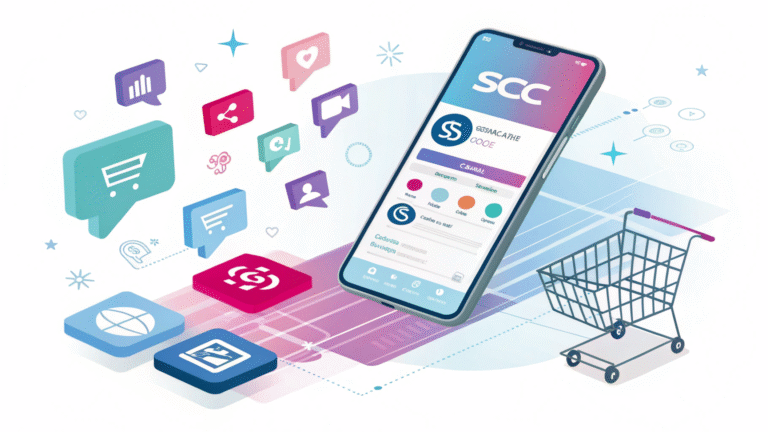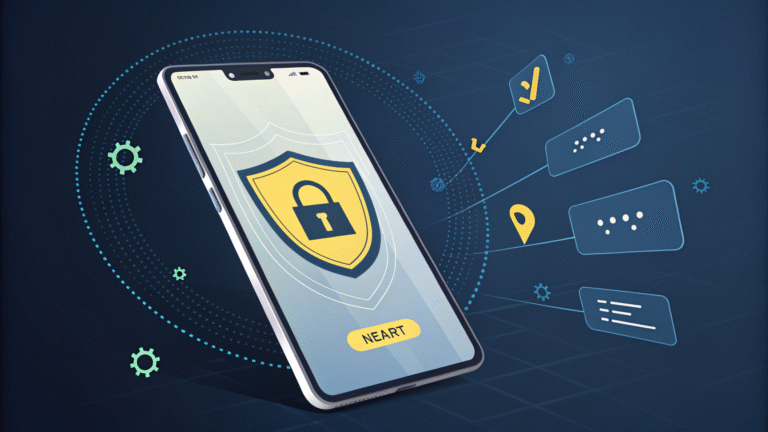
Blackmail Snapchat
Blackmail Snapchat is one of the most popular social media platforms, especially among younger users, allowing people to share photos, videos, and messages that disappear after being viewed. While Snapchat offers fun ways to communicate, it can also become a platform where blackmail occurs, posing serious risks to users.
This blog will help you understand what blackmail Snapchat looks like, how it happens, its legal consequences, and most importantly, how to protect yourself against it.
What Is Blackmail Snapchat?
Blackmail Snapchat is the act of threatening to reveal sensitive or embarrassing information about someone unless certain demands are met. On Snapchat, blackmail often involves using private or intimate images, videos, or messages shared via the app to coerce or extort money, favors, or other personal requests.
Because Snapchat messages disappear and conversations are more private, perpetrators sometimes misuse the platform’s features to pressure victims into silence or compliance.
How Does Blackmail Happen on Snapchat?
Some common ways blackmail manifests on Snapchat include:
- Sextortion: Someone tricks or pressures a user into sharing explicit photos or videos and then threatens to share them publicly or with the victim’s contacts unless paid money or given something.
- Fake profiles and catfishing: Blackmailers may create fake Snapchat profiles pretending to be someone else, collect compromising photos, and then use them for leverage.
- Screenshots and recordings: Although Snapchat notifies users if a screenshot is taken, blackmailers may still capture images or screen recordings without consent and use them as threats.
- Social engineering: Manipulative conversations where the blackmailer gains trust and obtains compromising content to use against the victim later.
Warning Signs of Snapchat Blackmail
Be alert if you notice the following behaviors on Snapchat or related communications:
- Demands for money, gifts, or other favors in return for not sharing images or information.
- Aggressive or threatening messages pressuring you to act quickly or keep things secret.
- Messages warning you that private images or chats will be shared with others.
- Stranger profiles suddenly contact you and ask for photos or videos.
- Friends or contacts are mysteriously receiving offensive content allegedly from you.
Legal Consequences of Blackmail on Snapchat
Blackmail is illegal and punishable by law across many countries, including the United States, Canada, the UK, and Australia. Laws typically cover:
- Extortion and threats are
- made using digital platforms.
- Sharing explicit images without consent (revenge porn laws).
- Online harassment and stalking statutes.
Victims of blackmail have the right to report incidents to law enforcement, and perpetrators may face criminal charges, including fines and imprisonment.
How to Protect Yourself from Blackmail on Snapchat
Preventing blackmail requires vigilance and proper use of Snapchat’s privacy features:
- Think twice before sharing: Only send images, videos, or messages to people you fully trust. Avoid sending sensitive content even if asked.
- Use Snapchat’s privacy settings: Adjust who can contact you, view your stories, or see your location in the app’s settings.
- Enable two-factor authentication: Add extra security to your Snapchat account to prevent unauthorized access.
- Regularly update the app: Keep Snapchat updated to benefit from the latest security patches and features.
- Be cautious with strangers: Do not accept friend requests or communicate with unknown people without verification.
What to Do If You Are a Victim of Snapchat Blackmail
If you find yourself targeted, act quickly and follow these steps:
- Do not give in to demands: Paying or complying with blackmailers usually results in ongoing extortion.
- Take screenshots and collect evidence: Save all conversations, messages, and threats.
- Block the blackmailer on Snapchat: Prevent further contact.
- Report the user to Snapchat: Use the report feature to alert Snapchat’s safety team.
- Contact law enforcement: File a report and share your evidence.
- Seek support: Consider talking to trusted friends, family, or professional counselors.
Resources and Support
Here are some helpful resources for victims of online blackmail and harassment:
- Snapchat Safety Center: Official guidelines and safety tips.
- Cybercrime Reporting: Local law enforcement or online cybercrime units.
- Support Organisations: Groups specializing in victim support for online abuse.
Conclusion
Blackmail on Snapchat is a serious issue that can affect anyone using the platform. Being informed about how blackmail happens, recognizing warning signs, and taking proactive steps to protect your privacy can greatly reduce your risk.
Should you become a victim, remember you are not alone, and help is available. Reporting the abuse and seeking support are crucial steps toward stopping the perpetrator and protecting your well-being.
Stay safe, be cautious, and use Snapchat wisely.
Visit Inter-net-chicks.com




